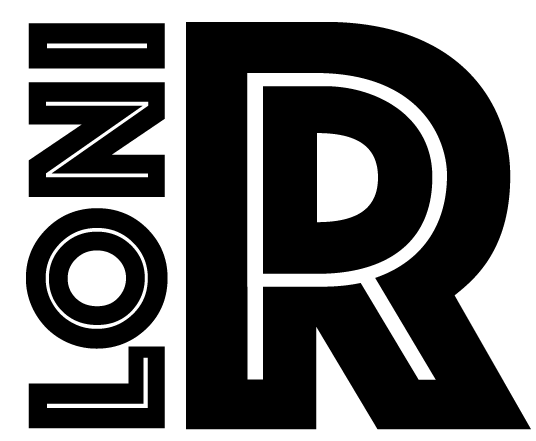About
LONIR provides the neuroscience research community with access to the algorithms and tools it develops, with the goal of fostering research relationships. With access to new techniques and information, investigators around the world can enhance their current imaging analysis programs.
LONIR is operated by the Laboratory of Neuro Imaging (LONI) at the University of Southern California. Its research is funded by the P41 Biomedical Technology Resource Center award, an NIH grant governed by the National Institute of Biomedical Imaging and Bioengineering (NIBIB).
History
Since its launch in 1998, LONIR has made substantial contributions to the neuroscientific community, creating and applying innovative solutions for the investigation of imaging, genetics, behavioral and clinical data. Our cumulative progress includes:
Aims
TR&D PROJECTS
TR&D 1 – Data ScienceCreates a scalable platform for managing, rating and processing large-scale multi-model imaging data |
|---|
| Specific Aims: |
| Database federation: Merges databases into a single network, which can be searched visually on an interactive website. Provides enhanced control to collaborators (CPs) and automatically merges data from repeat subjects. |
| Data mapping tools and data harmonization: Harmonizes biomedical research data and constructs mappings that transform raw data into analysis-ready datasets. |
| Analysis archive: Provides a public, searchable online registry of analysis workflows. An integrated archive of results will also be available to describe the provenance of each analysis for reproducibility purposes. |
| Analysis assembler: Manages scientific data with a new software that assists users in downloading research data. The assembler automatically downloads and executes analysis workflows and records provenance of results. |
| Quality control: Executes sophisticated quality control pipelines in the analysis assembler and automatically integrates results for assessment. |
| Impacts: |
| Increases ease of reproducing and enhancing results of scientific analyses. |
| Facilitates discovery and reuse of data. |
| Provides visualization and search tools for analysis results. |
TR&D 2 – Diffusion MRI and ConnectomicsCreates new technologies for extracting connectomic features from neuroimaging data |
|---|
| Specific Aims: |
| Empower detection of brain differences: Uses our TDF (tensor distribution function) model to boost power in high-dimensional diffusion data and to manage unprecedentedly large populations of more than 10,000 subjects. |
| Improve automated tract extraction: Builds upon our automated tract extractor, autoMATE, by using our Deep Learning method, FiberNET, to identify errors. New features include multi-atlas labeling and the ability to handle large populations. |
| Enhance adaptive connectomics: Assesses accuracy of our machine learning L1 fusion method, dFUSE, in various conditions. Using Continuous Connectomics (ConCon), connectivity density is modeled across the entire brain, rather than within discrete partitions. |
| Impacts: |
| Develops tract-based statistical analysis tools. |
| Provides mechanisms to study connectivity and diffusion imaging for more than 10,000 subjects. |
TR&D3 – Intrinsic Surface MappingDevelops a general framework for surface mapping including reconstruction, modeling and analysis using the high-dimensional Laplace-Beltrami (LB) embedding space |
|---|
| Specific Aims: |
| Develop surface mapping software tools under the Riemannian metric optimization framework. |
| Develop novel Riemannian Metric Optimization on Surfaces (RMOS) surface mapping methods driven by rich contextual features. |
| Develop longitudinal surface mapping methods in the LB embedding space. |
| Impacts: |
| Eliminates metric distortion during the parameterization step, resulting in improved accuracy in mapping brain anatomy. |
Synergistic Relationship of TR&Ds
The TR&D structure encompasses a distinct but complementary set of technologies
- TR&D1 creates a framework for data-management and quality control (QC) essential to the development of the algorithms used in TR&D2 and TR&D3
- TR&D2’s connectomics tools are critical to the development of novel surface mapping tools in TR&D3; it will also provide novel data types for TR&D1 to curate and archive
TR&D3’s novel analysis tools will drive the development of more in-depth QC in TR&D1



